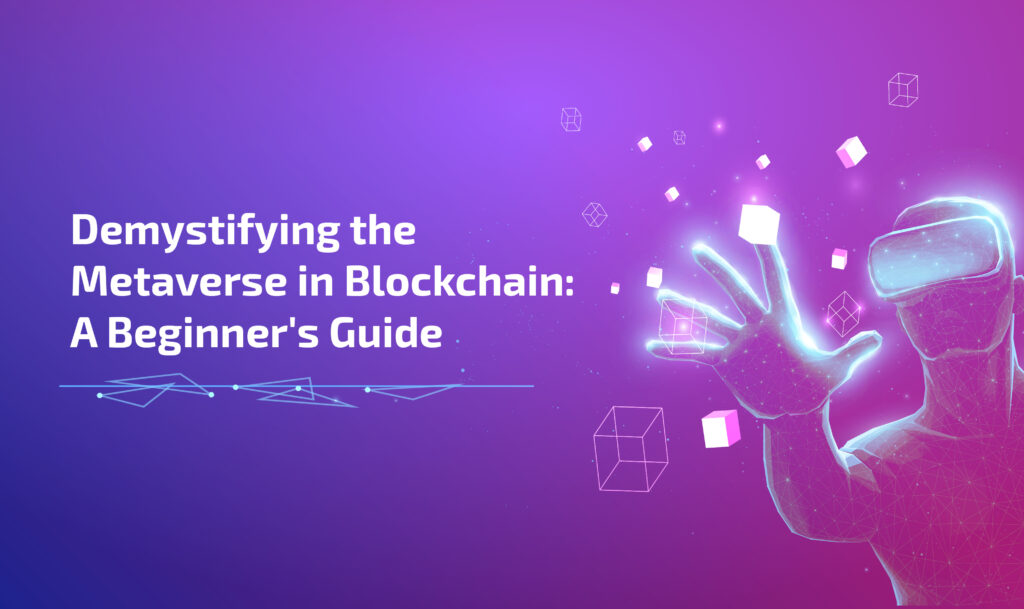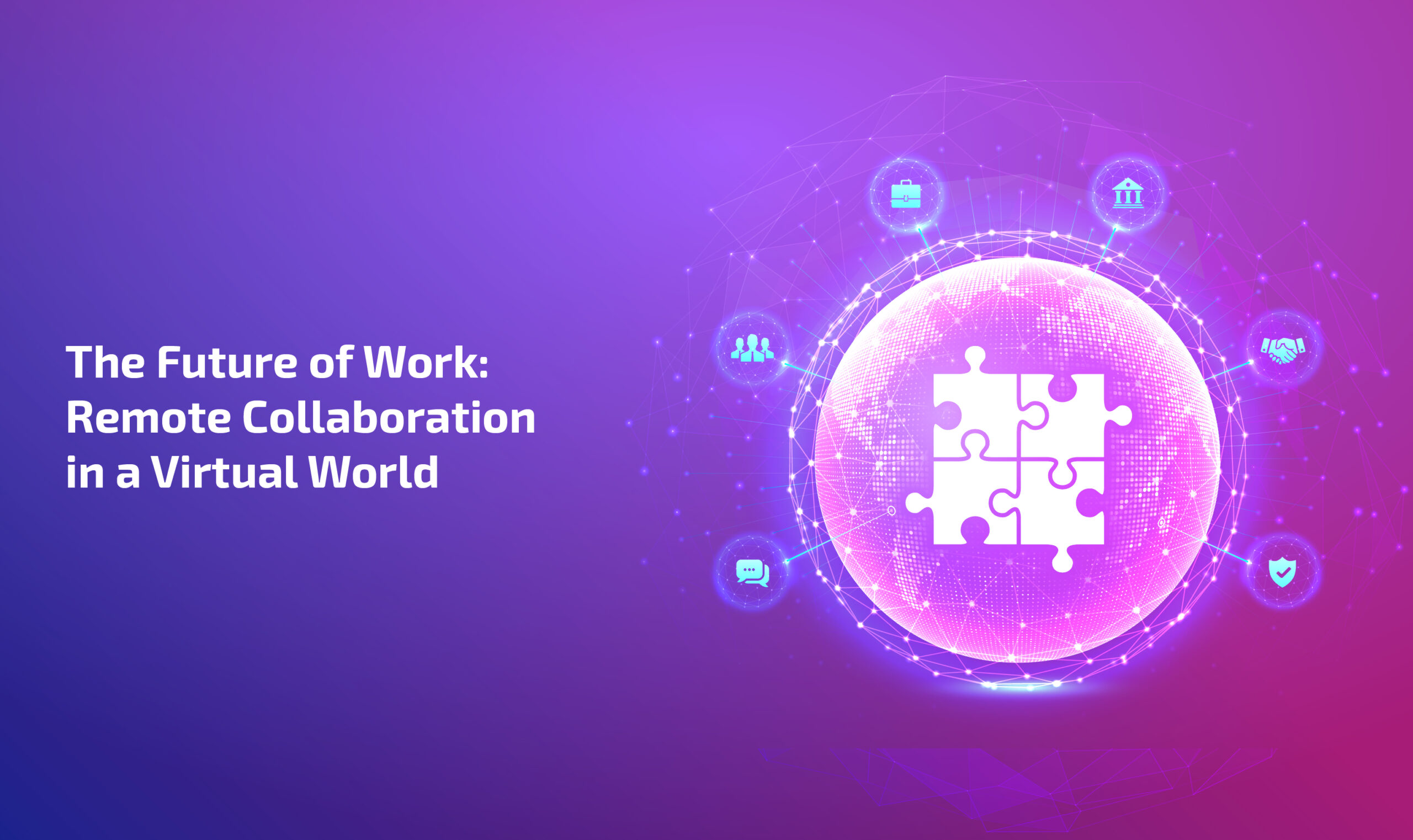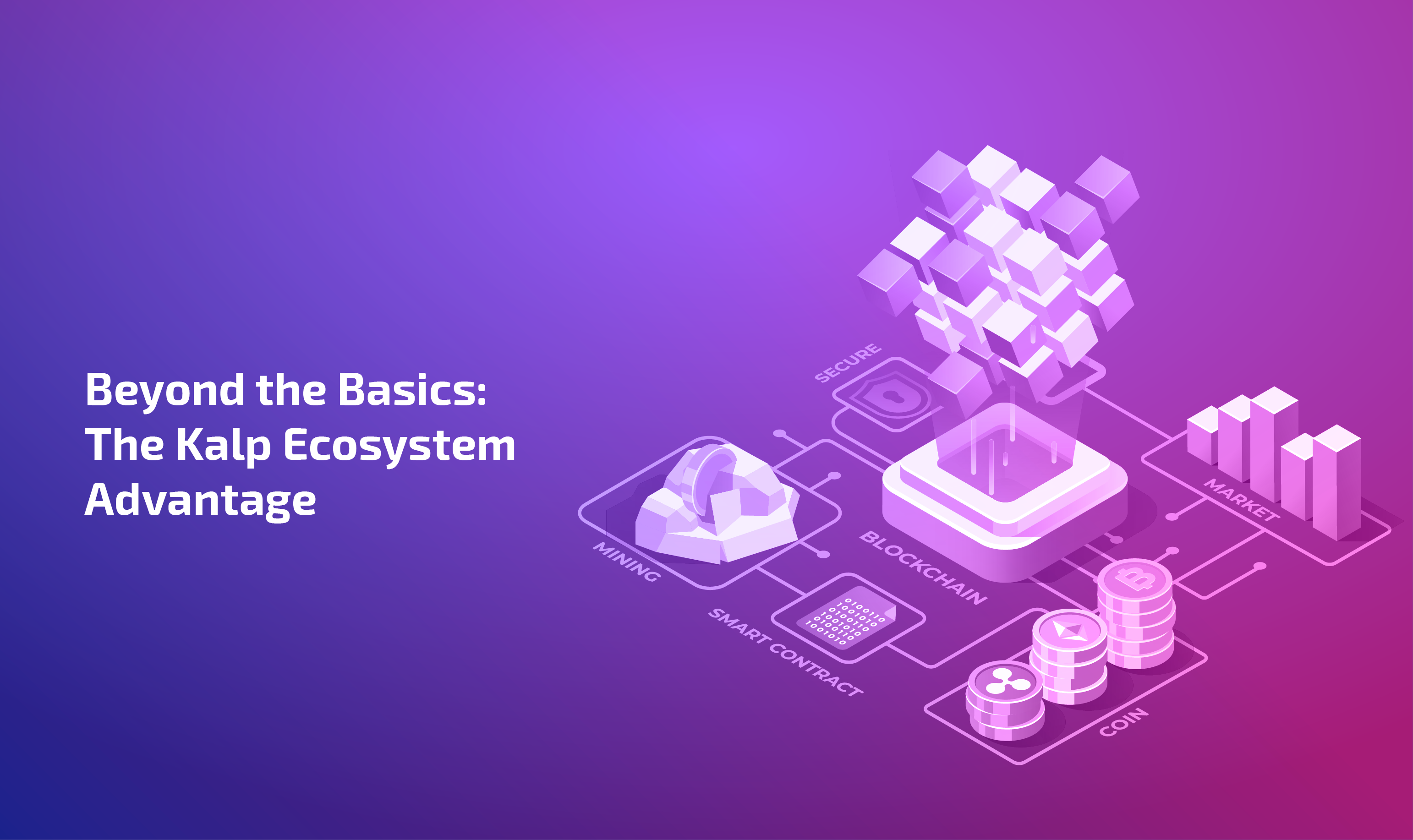
The word metaverse is derived from Greek word “meta” meaning beyond and “universe” meaning all that exists in space, time, matter, and energy. These words together create a compelling concept that is taking on the world to build a highly immersive world.
The world is experiencing a paradigm shift with the metaverse, the next internet exploration, to take human interaction to a whole new level.
While we are talking about the metaverse, many businesses are already built on it. Though unsuccessful because of cost and time implications it took to create in 3D virtual reality. The metaverse shows high potential, and we know it, but there are trials and errors, one of which arises in blockchain technology to realize true metaverse potential.
Notably, the metaverse can be built with or without blockchain. Though blockchain often gets touted as a core element of the metaverse. Several exciting metaverse projects are thriving without it to build immersive virtual worlds.
Examples of Metaverse without Blockchain
To start with, Meta’s own VR platform is built on traditional server technology. While the platform offers experiences like social hangouts, interactive games, and virtual concerts, few of the blockchain elements are used, such as for NFT avatars.
Another example of a metaverse without blockchain could be Roblox, a popular platform that boasts over 50 million daily active users. This platform enables users to create their own user-generated content and virtual experiences without relying on blockchain complexities.
Fortnite, a battle royale game that has transcended its genre, is one of the best examples of metaverse that has gained traction. And they have hosted quite amazing virtual concerts and movie premieres without needing blockchain integration.
A revisit to Minecraft, a sandbox game’s open-ended creativity, shows yet another case that the metaverse can thrive without blockchain. Being a collaborative multiplayer mode, Minecraft counts to a successful and engaging gameplay driving user experiences without requiring blockchain’s intricacies.
Do we even need blockchain?
Wondering, what are we trying to say from the above examples? The above examples show diverse paths to building compelling metaverse experiences. However, many metaverse companies faced limitations as to scalability, security, and data privacy.
Conventional ecosystems are typically very centralized, which poses numerous hazards for the development and operation of virtual worlds. These could include malware, hacking, or even centralized decision-making on the metaverse’s operation.
Blockchain technology reduces these risks and enables the creation of a healthy virtual ecosystem because of its decentralized nature.
Key problem areas where blockchain is carving a path forward includes:
Security
The problems of safe storage, transmission, and synchronization is raised by the fact that the metaverse stores data measured in exabytes. This makes blockchain technology extremely pertinent to the decentralization of data processing nodes and storage systems.
Smarts contracts
These enable the metaverse’s ecosystem players’ social, legal, economic, and other interactions to be successfully regulated. Furthermore, smart contacts let you create and execute the fundamental guidelines that govern how the metaverse functions.
Interoperability
Blockchain enables unrestricted combined interoperability and operation of many systems and interfaces. This is particularly important in relation to NFT turnover and valuation.
Trust
Blockchain suggests the existence of tokens, which are encrypted storage devices that can transport data, authorization keys, and virtual content. Because private information won’t be accessible to outside parties, the metaverse blockchain fosters user confidence in the ecosystem in this way.
Digital assets
Blockchain’s immutable ledger system provides verifiable ownership and provenance of virtual assets like land, avatars, and items. This reduces fraud, theft, and counterfeiting concerns.
Decentralized identity
DID solutions built on blockchain can offer secure and user-controlled authentication and authorization across different platforms within the metaverse.
High transaction fees
Traditional blockchains can struggle with scalability, leading to high fees and slow transactions. Newer blockchain technologies like Proof-of-Stake (PoS) and sharding offer solutions to improve scalability and transaction throughput.
Openness and censorship
Decentralized governance models enabled by blockchain can help prevent censorship and ensure fairness within the Metaverse, empowering users and communities.
Blockchain protocols work to safeguard user privacy at the same time. When a blockchain protocol incorporates zero-knowledge proof technology, users can authenticate themselves without disclosing private information, including proving their age or asset ownership.
It’s important to note that blockchain is still evolving, and its integration into the metaverse is in its early stages. However, the potential to address these key challenges and pave the way for a more secure, open, and user-centric Metaverse is promising. As the technology matures and adoption grows, we expect to see even more innovative solutions from this powerful combination.
Way to go!
While blockchain offers unique advantages in areas like security and ownership, it’s not a one-size-fits-all solution. The key lies in focusing on user experience, fostering community, and providing engaging content, which can be achieved through various technological approaches.
The future metaverse will likely be a hybrid landscape, incorporating elements of both blockchain and traditional technologies. Ultimately, the success of any metaverse project will depend on its ability to cater to user needs. To develop a truly immersive and engaging experience, Mai is working relentlessly to bring the metaverse and blockchain vision to life.
This is to say, a virtual world that will be accessible to most, not few, regardless of the underlying technological choices.








